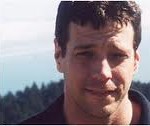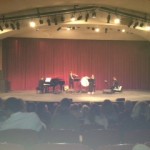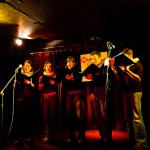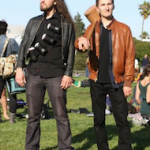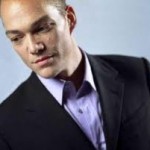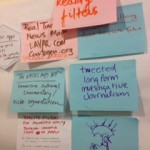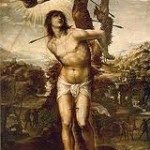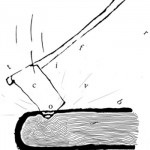 In these tough media times when the art of cultural criticism is being sidelined in favor of mass-eyeball-generating entertainment news and sports coverage, it’s refreshing to come across The Omnivore, a UK-based website devoted to culling the best book, film and theatre reviews from the press.
In these tough media times when the art of cultural criticism is being sidelined in favor of mass-eyeball-generating entertainment news and sports coverage, it’s refreshing to come across The Omnivore, a UK-based website devoted to culling the best book, film and theatre reviews from the press.
I’m particularly entranced by The Omnivore’s Hatchet Job of the Year Award, which the aggregator is presenting to “the author of the angriest, funniest, most trenchant book review of the past twelve months.”
The winner of the award, which is to be announced on February 7, will garner a fitting prize: a year’s supply of potted shrimp, courtesy of The Fish Society.
I love the whole fishy endeavor. It reminds me of No Turn Unstoned, Diana Rigg’s engrossing and hilarious book of several decades ago, which gathered together some of the most scathing criticism to have been written about theatre professionals in the UK and US media in the history of the press.
I’m all for the reasoning behind the award, which “aims to raise the profile of professional critics and to promote integrity and wit in literary journalism.” The website even publishes a more detailed manifesto about the value of celebrating scathing reviews. I’ll be keeping a close eye on this site.

